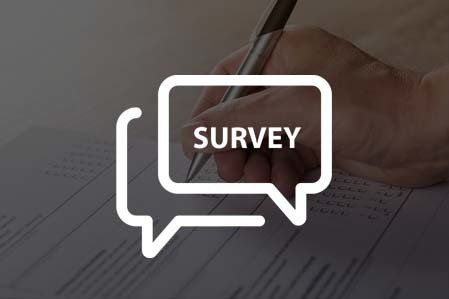+1-800-298-3165
What you really should know about Core Web Vitals in 2021
Get to grips with Google’s newest ranking factor

You’re keen to deliver great SEO results for your clients in order to grow your SEO business – that means you need to stay up to date with the very latest developments from Google. One of the most significant changes made recently is the addition of Core Web Vitals as a ranking factor.
To help you feel confident that you’re meeting the search engine’s expectations on this front, here’s everything you need to know about Core Web Vitals.
What do Core Web Vitals refer to?
Google describes Core Web Vitals as “a set of metrics related to speed, responsiveness and visual stability, to help site owners measure user experience on the web.” In essence, it’s a measure of the various components that ensure a good user experience. Things like, how quickly a page loads for the user so they aren’t left waiting, whether content stays stable when images are loading and what happens (and how quickly) when a user clicks on a button or other interactive element.
What are the Vitals?
Google’s Web.Dev says the three core web vitals are:
- Largest Contentful Paint (LCP): measures loading performance. To provide a good user experience, LCP should occur within 2.5 seconds of when the page first starts loading.
- First Input Delay (FID): measures interactivity. To provide a good user experience, pages should have a FID of 100 milliseconds or less.
- Cumulative Layout Shift (CLS): measures visual stability. To provide a good user experience, pages should maintain a CLS of 0.1. or less.
How can you test them?
For each of these three Vitals, you should aim to have your client sites performing in the top 25%. Testing for each component can be done through Google’s Web.Dev system. Just go to https://web.dev/measure/ to get started.
Do other factors matter?
Focusing on just Core Web Vitals alone isn’t advisable as these three key areas are considered alongside a series of other metrics that also go into the user experience. Neglecting other areas of that experience can mean that you miss easy opportunities to even better serve website visitors and boost rankings. These include issues which impact what a user can expect when they visit the site from a mobile device. Whether a site uses HTTPS to keep visitors secure and whether ads and pop ups are overly intrusive when a visitor lands on a page, either from a mobile device or from a desktop.
Share this post:
Recent Posts












